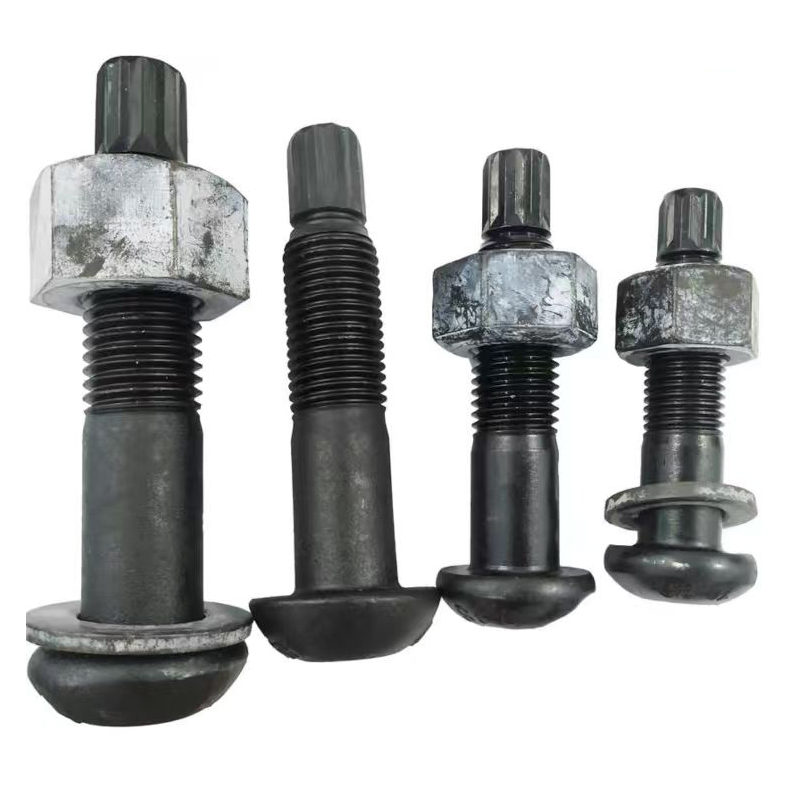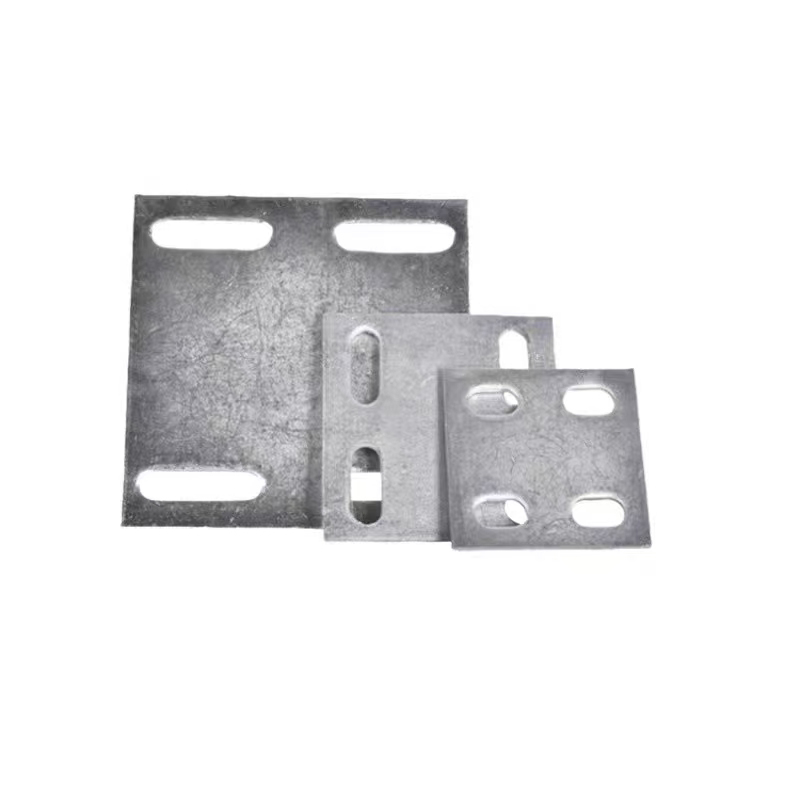- Chinese
- French
- German
- Portuguese
- Spanish
- Russian
- Japanese
- Korean
- Arabic
- Irish
- Greek
- Turkish
- Italian
- Danish
- Romanian
- Indonesian
- Czech
- Afrikaans
- Swedish
- Polish
- Basque
- Catalan
- Esperanto
- Hindi
- Lao
- Albanian
- Amharic
- Armenian
- Azerbaijani
- Belarusian
- Bengali
- Bosnian
- Bulgarian
- Cebuano
- Chichewa
- Corsican
- Croatian
- Dutch
- Estonian
- Filipino
- Finnish
- Frisian
- Galician
- Georgian
- Gujarati
- Haitian
- Hausa
- Hawaiian
- Hebrew
- Hmong
- Hungarian
- Icelandic
- Igbo
- Javanese
- Kannada
- Kazakh
- Khmer
- Kurdish
- Kyrgyz
- Latin
- Latvian
- Lithuanian
- Luxembou..
- Macedonian
- Malagasy
- Malay
- Malayalam
- Maltese
- Maori
- Marathi
- Mongolian
- Burmese
- Nepali
- Norwegian
- Pashto
- Persian
- Punjabi
- Serbian
- Sesotho
- Sinhala
- Slovak
- Slovenian
- Somali
- Samoan
- Scots Gaelic
- Shona
- Sindhi
- Sundanese
- Swahili
- Tajik
- Tamil
- Telugu
- Thai
- Ukrainian
- Urdu
- Uzbek
- Vietnamese
- Welsh
- Xhosa
- Yiddish
- Yoruba
- Zulu
- Kinyarwanda
- Tatar
- Oriya
- Turkmen
- Uyghur

China footing work
Understanding China Footing Work
In the world of construction and infrastructure, “China footing work” is a term that often surfaces, especially considering the nation's massive undertaking in urban and rural developments. It's a phrase that's loaded with both expectations and skepticism, with misunderstandings aplenty. Let's dig into what it really means to engage in this fundamental aspect of building in China, drawing on a mix of personal insights and industry experiences.
The Basics of Footing Work
When we talk about footing work in China, we're diving into the foundation of any structure — literally. This is where the building meets the earth, and getting it right is crucial to everything above it. The processes involved are meticulous, demanding a deep understanding of soil quality, construction materials, and environmental factors. From my experience with Handan Zitai Fastener Manufacturing Co., Ltd., located in Hebei's bustling Yongnian District, I’ve seen the impact of logistics on such projects. Their proximity to key transport routes like the Beijing-Guangzhou Railway plays a big role in how effectively they can deliver materials.
China's rapid urbanization means that there's constant pressure on time and resources. Mistakes in the footing work can translate into costly overruns and structural failures, which is why companies often rely heavily on local expertise and thoroughly vetted processes.
Interestingly, the regulatory environment is another layer that partners have to navigate. Beijing's standards are rigorous, and ensuring compliance is as much a part of the process as the physical labor itself. As Handan Zitai often highlights, successful footing work doesn't end with laying concrete; it starts with understanding these overarching structures.
Challenges in the Field
One major challenge with footing work in China is the variability of the soil. From coastal cities like Shanghai to the mountain foothills of the West, the geological diversity is immense. I recall a particular project where unexpected soil erosion caused a significant delay. These issues often require on-the-spot decision-making, adjustments in techniques, and sometimes, innovative solutions that might not be covered in the initial plans.
The scale of projects can also be overwhelming. For companies like those in the standard part production base of Yongnian, balancing supply with demand is a constant juggle. I see companies like Handan Zitai managing these flows effectively thanks to their strategic location and logistical prowess, but smaller entities often struggle without such an advantage.
Moreover, the environmental considerations are non-trivial. While China is developing rapidly, there's increasing pressure to adhere to greener building practices. This adds another layer of complexity to footing work, as materials and processes may need to adjust to leave a lighter footprint.
Material Considerations
Materials used in footing work are critical and choosing the right ones can be a science and an art. Cement, steel, and other fasteners are not one-size-fits-all. For instance, fasteners from Handan Zitai offer durability, but choosing the right type is project-specific. The company’s manufacturing prowess is shaped by proximity to both raw material sources and efficient transport links, allowing them to offer customized solutions.
In some projects, especially those requiring higher resilience to natural elements, the quality of these materials can make or break the task. The precision in manufacturing, as offered by companies with rich experience like Zitai, is invaluable.
This requires continuous innovation and adaptation, as engineers need to adjust specifications depending on the site characteristics and external regulations.
Technology and Innovation
Technology has revolutionized how industries approach footing work. Tools like BIM (Building Information Modeling) have enabled more precise planning and simulation of projects before the first shovel touches the ground. In some cutting-edge projects I’ve been involved with, virtual reality has been used effectively to visualize footing plans in situ, helping anticipate issues before they arise.
Another technological advancement is in the field of materials testing. Rapid prototyping of components and real-time feedback on site conditions allow project managers to adjust plans on the fly, making the process more efficient and responsive than ever before.
Handan Zitai, with its state-of-the-art facilities, exemplifies how embracing these technologies can provide companies with a competitive edge. They not only enhance efficiency but also ensure a higher level of safety and precision.
Future Directions
Looking to the future, the scope of footing work in China continues to expand as urban areas grow and rural areas modernize. The emphasis will likely shift even more towards sustainable methods and materials as global attention on climate change intensifies.
For companies involved, this means a continued focus on innovation and compliance. For instance, Zitai’s approach of leveraging its advantageous location and investing in technology could serve as a blueprint for others. Staying agile and forward-thinking will be key to thriving in this evolving landscape.
The landscape of Chinese construction is one of constant evolution and learning. Navigating through its complexities offers both challenges and immense opportunities for those equipped to deal with its nuances.
Related products
Related products
Best selling products
Best selling products-
 Basket bolts
Basket bolts -
 Hexagon socket colored zinc-plated bolts
Hexagon socket colored zinc-plated bolts -
 Colored zinc-plated gaskets
Colored zinc-plated gaskets -
 Colored zinc-plated expansion hook
Colored zinc-plated expansion hook -
 Carriage bolt (half-round head square neck bolt)
Carriage bolt (half-round head square neck bolt) -
 Colored galvanized hexagonal drill tail wire
Colored galvanized hexagonal drill tail wire -
 Black zinc plated hinge bolts
Black zinc plated hinge bolts -
 Colored zinc plated countersunk cross bolts
Colored zinc plated countersunk cross bolts -
 Welded plate anchor (welded plate anchor bolt)
Welded plate anchor (welded plate anchor bolt) -
 Colored zinc-plated nuts
Colored zinc-plated nuts -
 Hexagon socket electrogalvanized bolts
Hexagon socket electrogalvanized bolts -
 Electrogalvanized cross countersunk drill thread
Electrogalvanized cross countersunk drill thread















